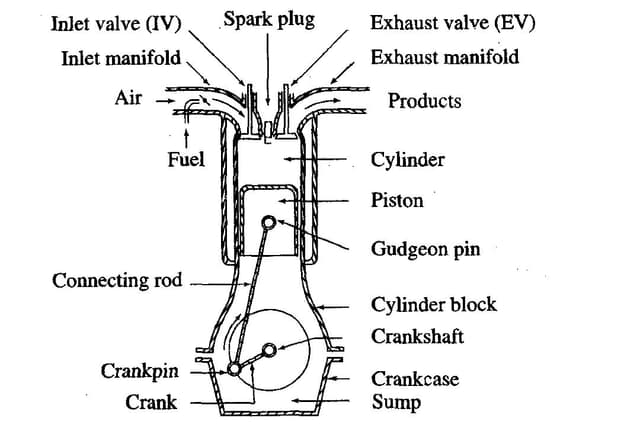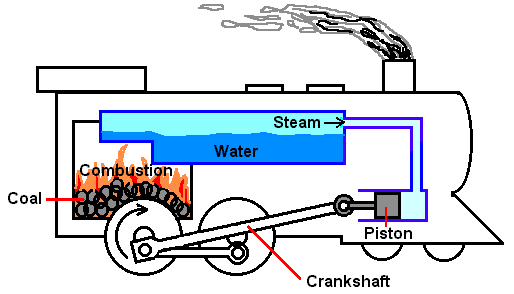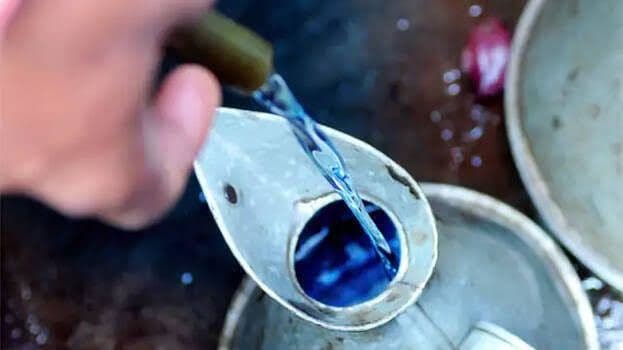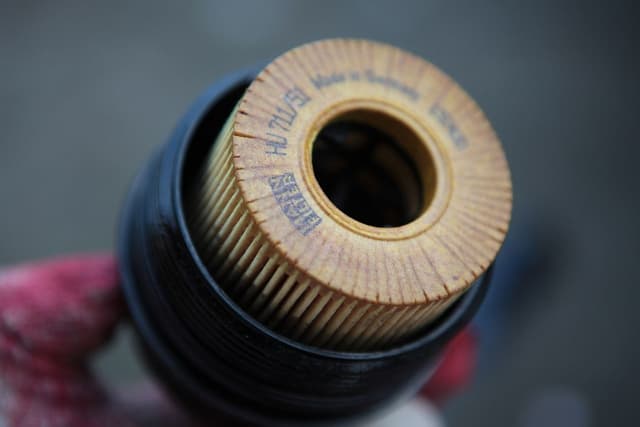Exhaust Gas Recirculation Value (EGR Value)
The Exhaust Gas Recirculation (EGR) valve is a component in modern automobile engines, has its main role in emissions control and engine performance. It is used in both Diesel engine as well as Gasoline/Petrol engine.

Bablu Yadav
Posted in Automobile Engineering
.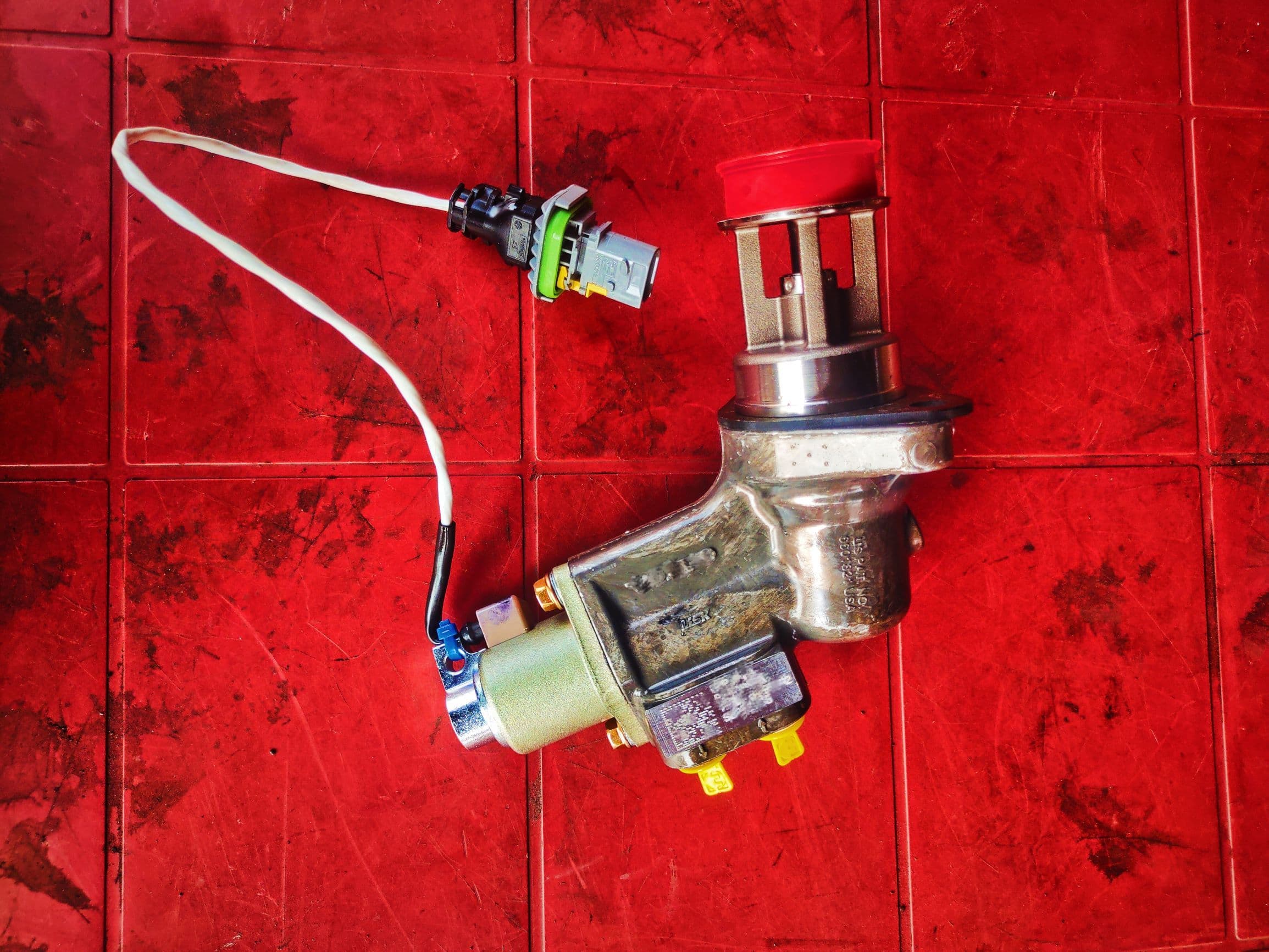
Introduction:
The Exhaust Gas Recirculation (EGR) valve is a component in modern automobile engines, has its main role in emissions control and engine performance. It is used in both Diesel engine as well as Gasoline/Petrol engine. In this post, we'll be understanding its purpose, functionality, and the impact it has on both the environment and your vehicle's efficiency.
Understanding the Basics:
The EGR valve is designed to recirculate some exhaust gases back into the engine's combustion chambers.The function of the EGR valve is to control the flow of exhaust gas being recirculated depending on the engine load. This process helps in reducing nitrogen oxide (NOx) emissions, which are harmful pollutants that contribute to air pollution and smog formation.
Components and Mechanism:
The EGR system consists of the EGR valve, a control solenoid, and various sensors. The valve is positioned between the exhaust manifold and the intake manifold. It opens and closes to regulate the flow of exhaust gases entering the combustion chambers.
EGR Valve Types:
There are two main types of EGR valves:
1. Pneumatic EGR
2. Electronic EGR
Pneumatic EGR valves are controlled by engine vacuum, while electronic EGR valves use sensors and the engine control module (ECM) to generally manage the recirculation process.
Functionality in Emissions Control:
By reintroducing exhaust gases, the EGR valve reducess the temperature in combustion chamber, reducing the formation of nitrogen oxides. This is being particularly beneficial in meeting the emission standards set by environmental regulations.
Impact on Engine Performance:
While the primary function of the EGR valve is emissions control, it also influences engine performance. Properly functioning EGR systems contribute to fuel efficiency and can prevent issues like detonation or knocking.
Common Problems and Maintenance:
Over the time, the EGR valve can accumulate carbon deposits, leading to reduced efficiency or even failure. Regular maintenance, including cleaning or replacing the valve when necessary, is essential to ensure optimal performance and long lasting of the EGR valve.
Diagnostic Tools and Troubleshooting :
Modern vehicles are equipped with diagnostic tools that can pinpoint EGR system issues. Understanding the symptoms of a malfunctioning EGR valve, such as poor acceleration or increased emissions, can aid in timely troubleshooting.
Future Trends and Innovations:
As automotive technology advances, there is a continuous effort to enhance EGR systems. Innovations may include more efficient valve designs, improved sensor technologies, and integration with other engine management systems for better overall performance.
How to find EGR flow rate ?
EGR flow rate can be measured by the difference between the fresh airflow into the intake system and the charge flow from the intake system into cylinder.
Conclusion:
In conclusion, the EGR valve is a critical component that balances environmental responsibility with engine efficiency. Understanding its role and ensuring proper maintenance can contribute not only to a cleaner environment but also to a smoother and more fuel-efficient driving experience. Stay informed about the EGR system in your vehicle to make informed decisions about maintenance and repairs.

